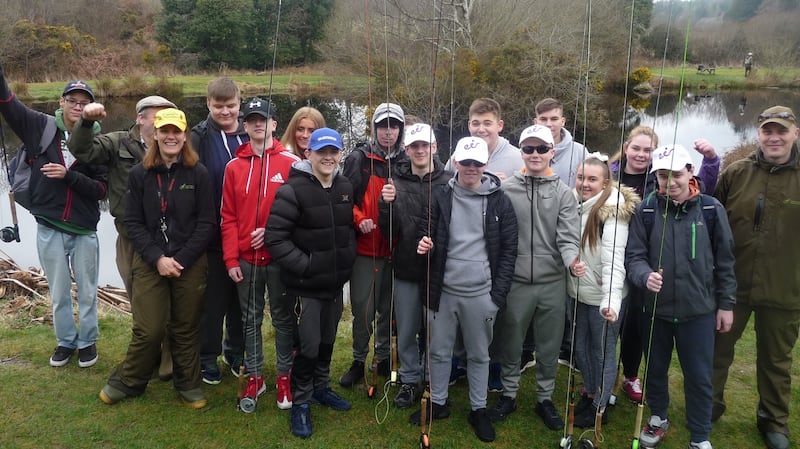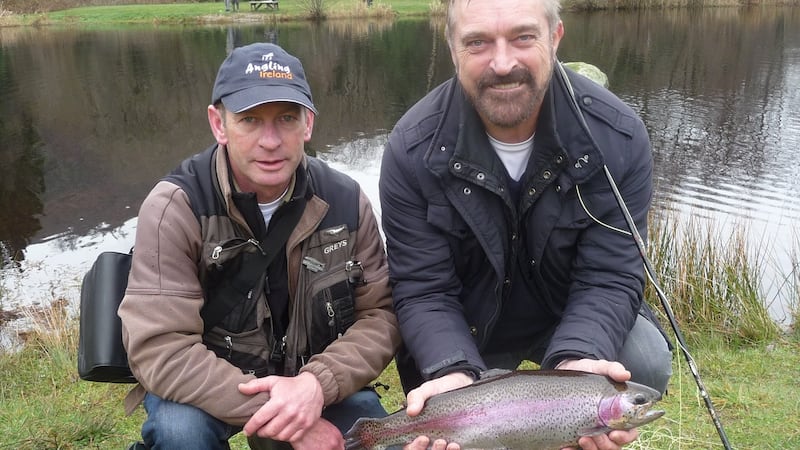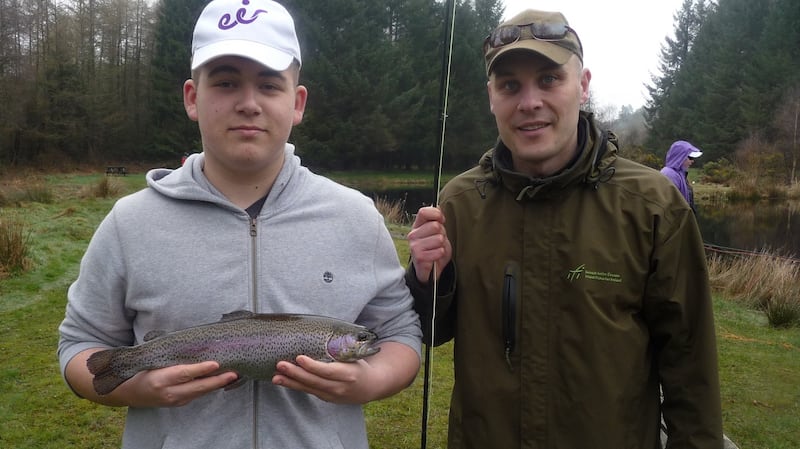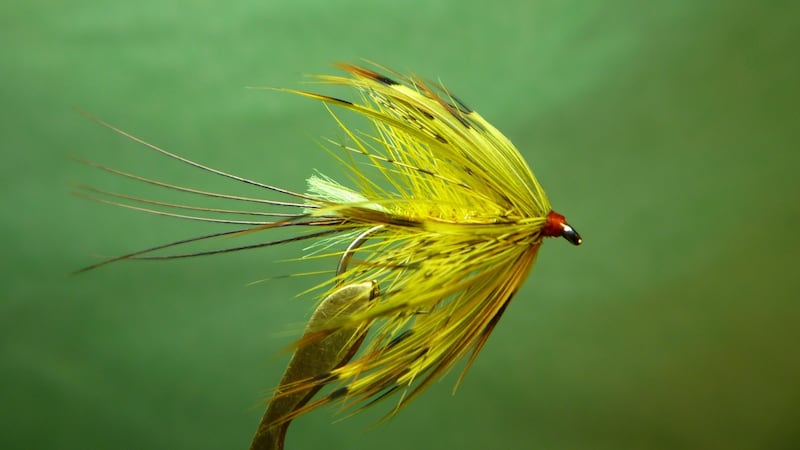The Atlantic Salmon Trust (AST) has launched a major initiative entitled The Missing Salmon Project in an effort to solve the mystery of our missing salmon.
Somewhere on their journey, wild salmon numbers are being decimated. For every 100 that leave our rivers for the sea, less than five return – a decline of nearly 70 per cent in just 25 years.
Action must be taken on a scale never seen before in order to identify what is happening to wild salmon and determine how to halt this decline.
The task at hand is enormous. We urgently need to know: a) What are migration pathways of smolts; b) How to quantify impacts on mortality during migration; c) How to improve survival rate.
This is why AST has launched a campaign to raise £1 million by the end of 2018 to fund a tagging and tracking project to uncover the secrets of the missing salmon.
The initiative will be the largest acoustic project for salmon in Europe and will track smolts further than ever before.
If funding is secured, work will start next year in the Moray Firth, the route taken by 20 per cent of all salmon that leave the UK. The lessons learned from this study will provide valuable insights that are transferable to other populations of salmon.
It is vital we raise the funds needed to help understand what is preventing wild salmon from returning to rivers and give our generation the opportunity to save the species before it is too late.
To help AST raise £1 million to tag and track wild salmon, visit crowdfunder.co.uk/themissingsalmonproject.
Rod benders
Rod benders were to the fore last week as transition year students from James’s Street CBS came to grips with catching some fine rainbow trout at Annamoe Trout Fishery in Co Wicklow.

For most of the students, it was their first time to tackle the fly fishing, however, with expert tuition they soon mastered the task admirably. Suffice to say all 18 students caught fish, some three or four, and all to the fly.
The project, now in its second year, is sponsored by Eir and supervised by former employee Ciarán Ward, allows students the opportunity to experience the different facets within the angling world.
Up first was a trip to Lough Ramor in Co Cavan for a huge catch of small coarse fish; then to the K Club in Co Kildare for some cracking pike to 28lb. Annamoe followed with steady action and multiple rod benders for hard-fighting rainbows to 3lb.
An entomology course on the River Dodder included a close analysis of insect life above and below water level, and electro-fishing under strict supervision of IFI staff.
As a final trip, students were asked to ballot on their favourite venue. Lough Ramor came out tops by a mile.

The entire adventure is a resounding success and one which the students are unlikely to ever forget.
Thanks are extended to Eir, Ciarán Ward, IFI staff, fishery managers and all the helpers at each event.

A wet mayfly pattern
The Golden Olive Mayfly is a wet mayfly pattern. “It was given to me to tie for the western loughs. I called it the Golden Olive and has become one of the most popular wet mayfly patterns that I tie,” fly-tyer Jimmy Tyrrell said.

To avail of this pattern, contact Jimmy at irishflycraft@gmail.com or 086-8451257.
Cast beside the cottage
The new Delphi Fishery Salmon Club and Syndicate Connemara is delighted to announce an opportunity to purchase prime Irish salmon fishing with accommodation in a country cottage.
Each new member will have the option of a one-week stay, four-day stay or three-day stay fixed for five years. The club is an exclusive five-year syndication to replace the existing syndication that expires in 2018/19.
The syndication is offering three rods per week, in conjunction with a boathouse cottage with each rod from March through to September. The fishing rota is over seven days and consists of allocated beats on the Bundorragha River, Finlough and Doolough.
For further information, contact Michael Wade on +353 (0)95 42222 or info@delphilodge.ie for your information pack and brochure.











